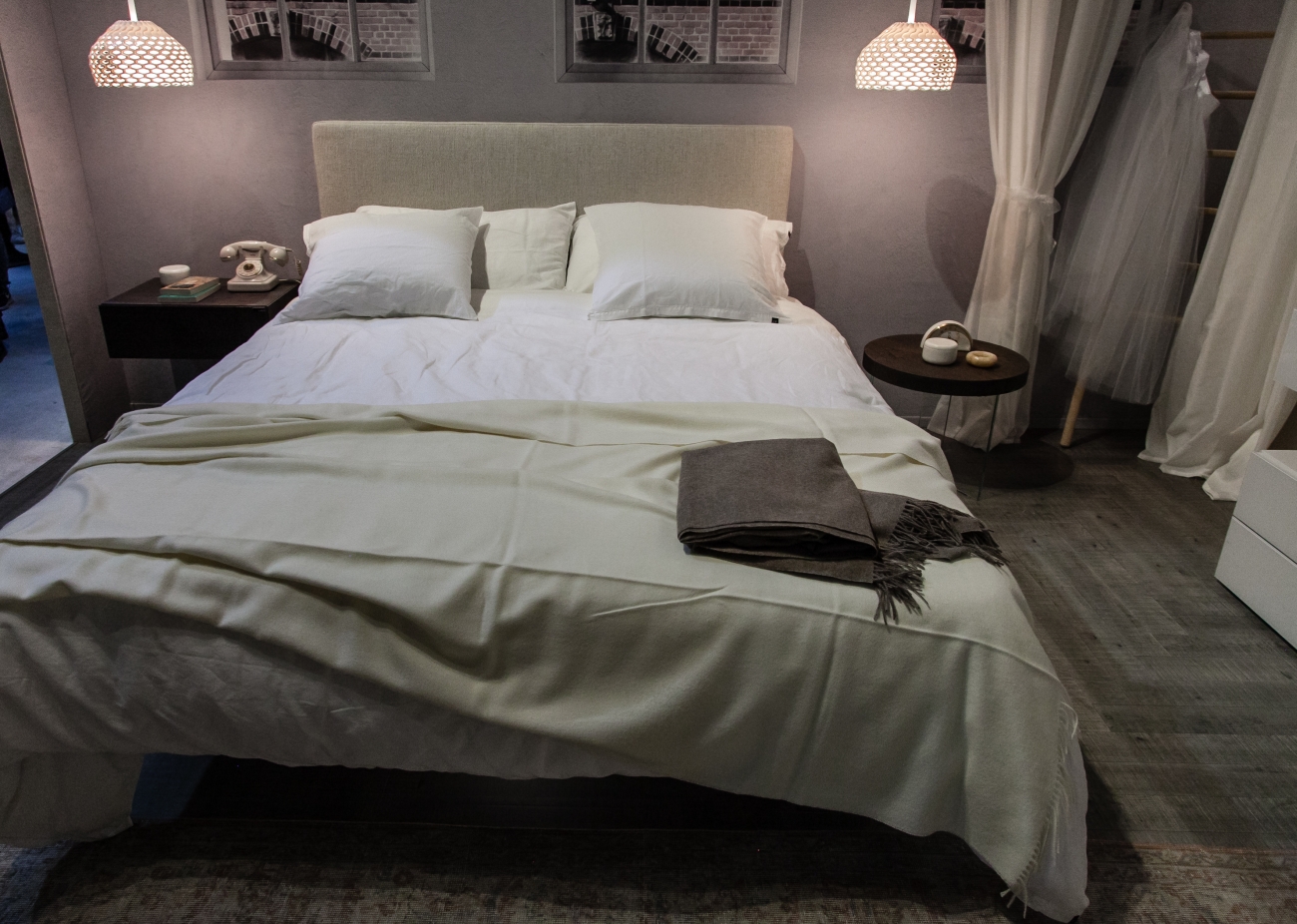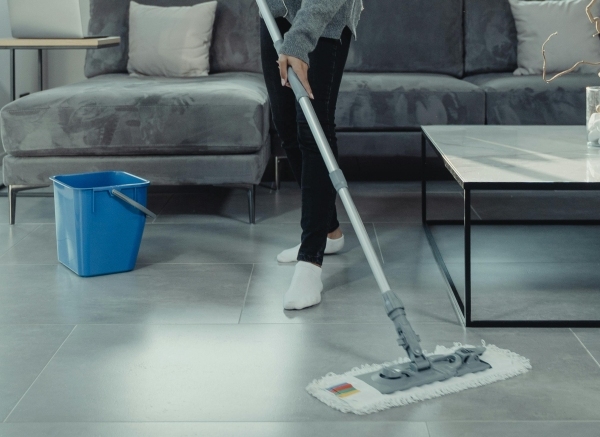A well-designed interior space is more than just aesthetically pleasing; it can have a significant impact on your well-being, particularly your ability to sleep soundly. Overlooking certain interior elements or making specific design mistakes may disrupt your sleep, resulting in restless nights and groggy mornings.
Subtle but significant changes, such as lighting and furniture arrangements, can have an impact on the quality of our sleep environments. Understanding which interior design mistakes can disrupt your sleep will help you avoid awkward designs and instead create a harmonious and conducive environment that promotes restful slumber.
Mistakes That Could be Affecting Your Sleep
Addressing these common interior design mistakes can help improve the quality and longevity of your sleep.
Poor Lighting Choices

Lighting is an underappreciated yet significant aspect of interior design. Bedrooms with harsh lighting, insufficient lighting control, or a lack of lighting options can all have an impact on your sleep quality. Harsh lights—those that are too bright or have a cool or blue tone—can interfere with the body’s melatonin production, making it difficult to fall asleep.
Lack of control, such as not using dimmer switches or other adjustable options, can keep you from creating a relaxing environment conducive to sleep. Having too few lighting options, such as only using an overhead light instead of bedside lamps, requires you to get up to turn off the lights before falling asleep.
Uncomfortable Mattress

Arguably the most essential bedroom element is your bed. Choosing the right mattress for you can mean the difference between good and poor sleep. An uncomfortable mattress or bedding can disrupt your sleep by causing physical discomfort while failing to adequately isolate motion from sleeping partners.
A mattress that is too firm or too soft can cause physical discomfort by failing to support the body’s natural alignment, resulting in neck, back, and hip pain. This can cause you to wake up more frequently during the night, feeling sore and unrested in the morning. Good mattresses also isolate movement on the bed, reducing disruption when a sleeping partner wakes up.
Cluttered and Disorganized Space

Clutter and disorganization can have an outsized effect on making someone feel chaotic and overwhelmed. They can evoke feelings of unease that make it difficult to relax and unwind. It can also overstimulate the brain and keep the mind alert and active, delaying the onset of sleep.
Take a weekend to clear off the most important surfaces, such as your bedside tables, dressers, and cabinets. Remove any furniture that doesn’t contribute to the style or functionality of the room. After you have completed the major decluttering, organize the space to better suit your needs. Practice on-going maintenance, like making your bed each day and cleaning up after yourself, to create a more spa-like retreat.
Using the Wrong Colors

Colors have a significant impact on your mood and emotional well-being, and you may be using bedroom colors that elicit a strong response, affecting your sleep. Bright colors, like red, orange, and yellow, can stimulate the brain and increase alertness. They can also make some people feel more irritated, leading to feelings of restlessness or unease.
To create a more conducive sleep environment, it is better for most people to use softer or more muted colors on the cooler side of the color wheel. Colors like blues, greens, and purple promote relaxation and support the body’s natural sleep process. Limiting your exposure to calming colors can signal your body and mind that it is time to wind down and relax.
Inadequate Window Coverings

A variety of window coverings, including curtains, blinds, shutters, and shades, can all work well in bedroom designs, but window coverings that are inadequate will not support quality sleep. Inadequate window coverings are those that fail to block excessive light or do not give you the privacy you need in your bedroom.
To address these issues, it is vital to invest in window treatments that provide adequate light control, privacy, and insulation. This may involve layering different types of window coverings, such as curtains with blinds, to get the coverage you need. Options such as blackout curtains or blinds, cellular shades, or window film can also help to block out light, reduce exterior noise, and improve temperature regulation, creating a more conducive environment for sleep.
Bedroom Home Office

Having a home office in the bedroom can blur the line between work and rest, increasing the likelihood that you will work during bedtime. A bedroom office will have computer monitors that emit blue light, which can disrupt good sleep.
To reduce the impact of a home office on bedroom sleep, it is critical to set clear boundaries between rest and work, prioritize a consistent sleep schedule, and limit screen time. Physical boundaries, such as a screen or a large bookcase between sections, can help to establish boundaries between work and sleep. You can also create a strict work/sleep routine in which you turn off your computer several hours before bedtime to allow your body to unwind and relax before sleeping.
Technology in the Bedroom

Many electronic devices, such as smart phones, tablets, computers, and TVs, emit blue light, which can interfere with the production of melatonin, the hormone that regulates your sleep cycle. These devices can also increase mental stimulation because there is the temptation to make calls, check emails, or do work, which interrupts the amount and quality of sleep.
To minimize the effects of these devices, it is vital that you limit the contact you have with them in the hours before going to sleep. You can establish your bedroom as a no-tech zone and remove these devices from your bedroom. You can use features, such as night mode or blue light filters to reduce blue light exposure. Establish a bedtime routine that does not include technology, such as reading a book, practicing relaxation techniques, or listening to calming music.
Bed in the Wrong Location

According to feng shui wisdom and common sense, there are good and bad places for your bed. Feng shui warns against placing your bed facing the entrance because it exposes you to all the energy rushing into the room. It also advises against placing a bed on a shared wall, as this can be noisy and disrupt your sleep. Aside from feng shui principles, there are practical concerns to consider, such as the amount of light and noise exposure, a location that is not subject to large temperature fluctuations, and a location that protects your privacy.
To improve the quality of your sleep, place your bed in an area with limited noise and light exposure. Allow plenty of space around the bed for optimal and health-promoting energy flow. It is also critical to keep your bed free of drafts or vents that could make you uncomfortable while sleeping. Experiment with various positions to determine the most comfortable and conducive location for restful sleep.
Poor Quality or Inadequate Bedding

Low-quality bedding materials, such as scratchy or rough sheets, can cause physical discomfort, which doesn’t promote good sleep. Certain bedding products may lack temperature regulation, causing you to sleep hotter than comfortable. In contrast, a lack of bedding will not keep you warm while you sleep, causing you to wake up frequently.
Choose high-quality, breathable, and durable products to improve both your sleep and the longevity of your bedding. Change your bedding seasonally, layering to ensure adequate coverage for the temperature. Look for natural options made from bamboo, cotton, and linen that are soft, luxurious, and long-lasting. Regular laundering and proper care can extend the life of your bedding.


